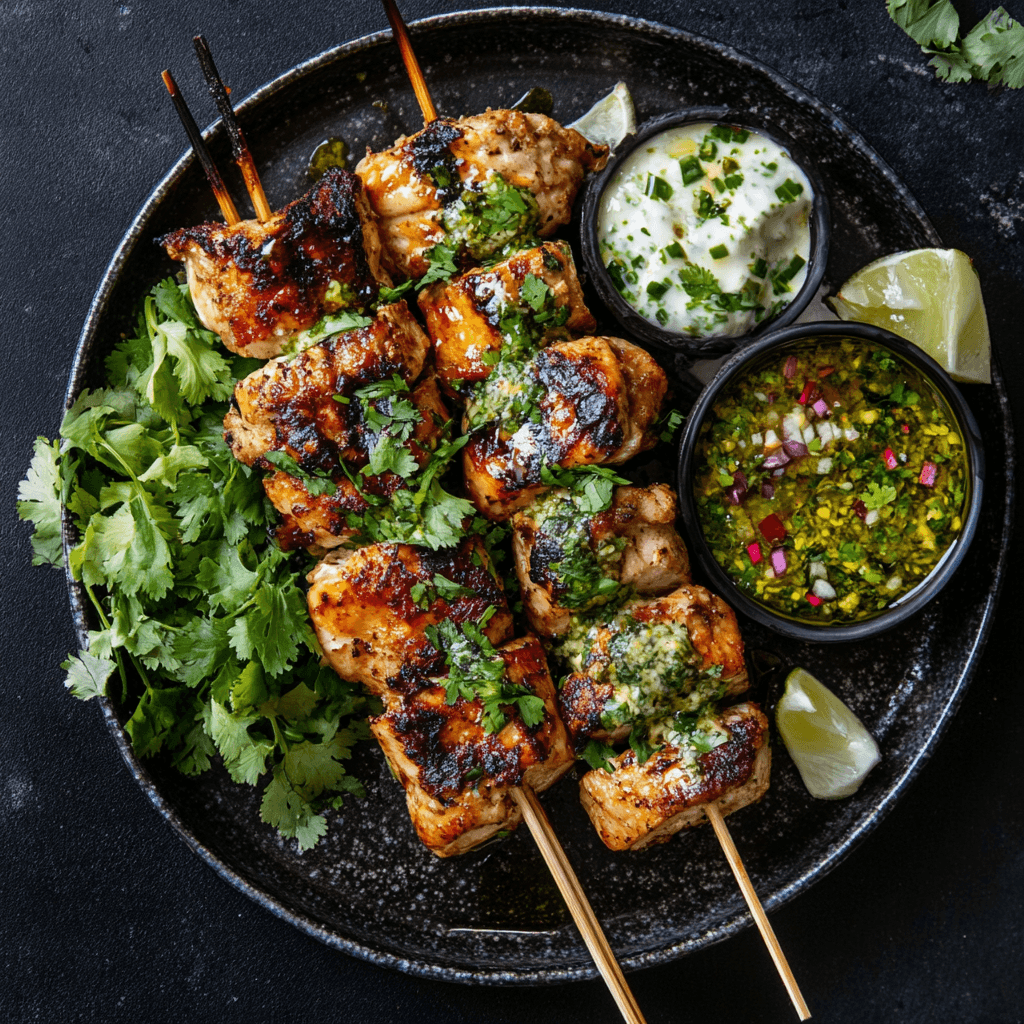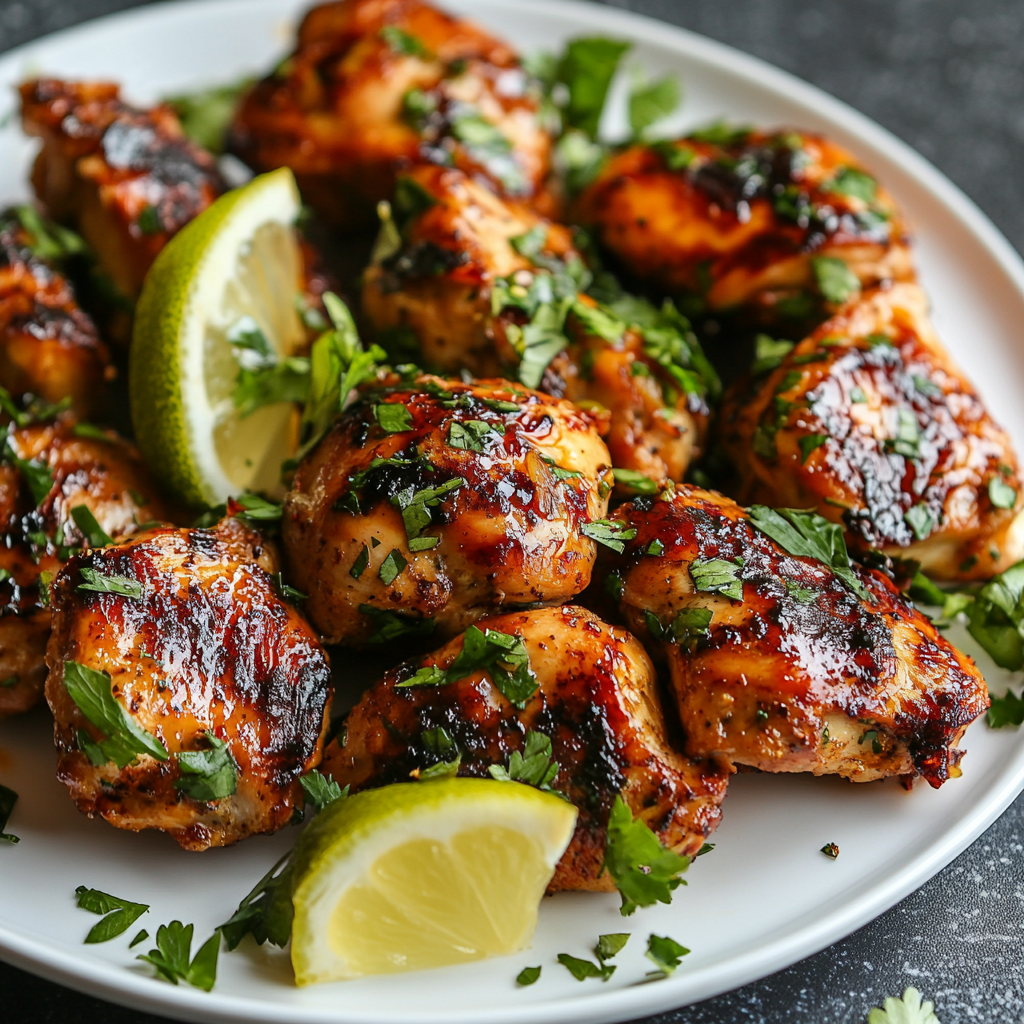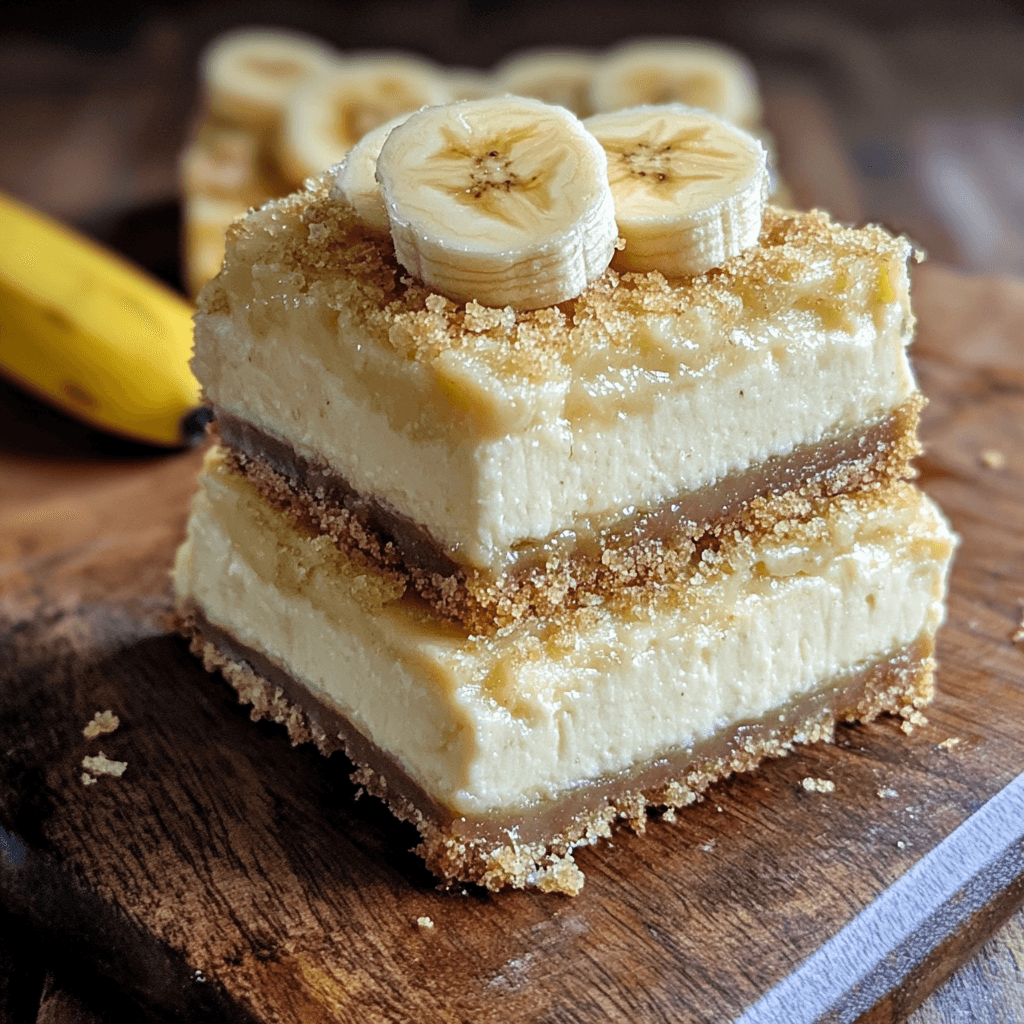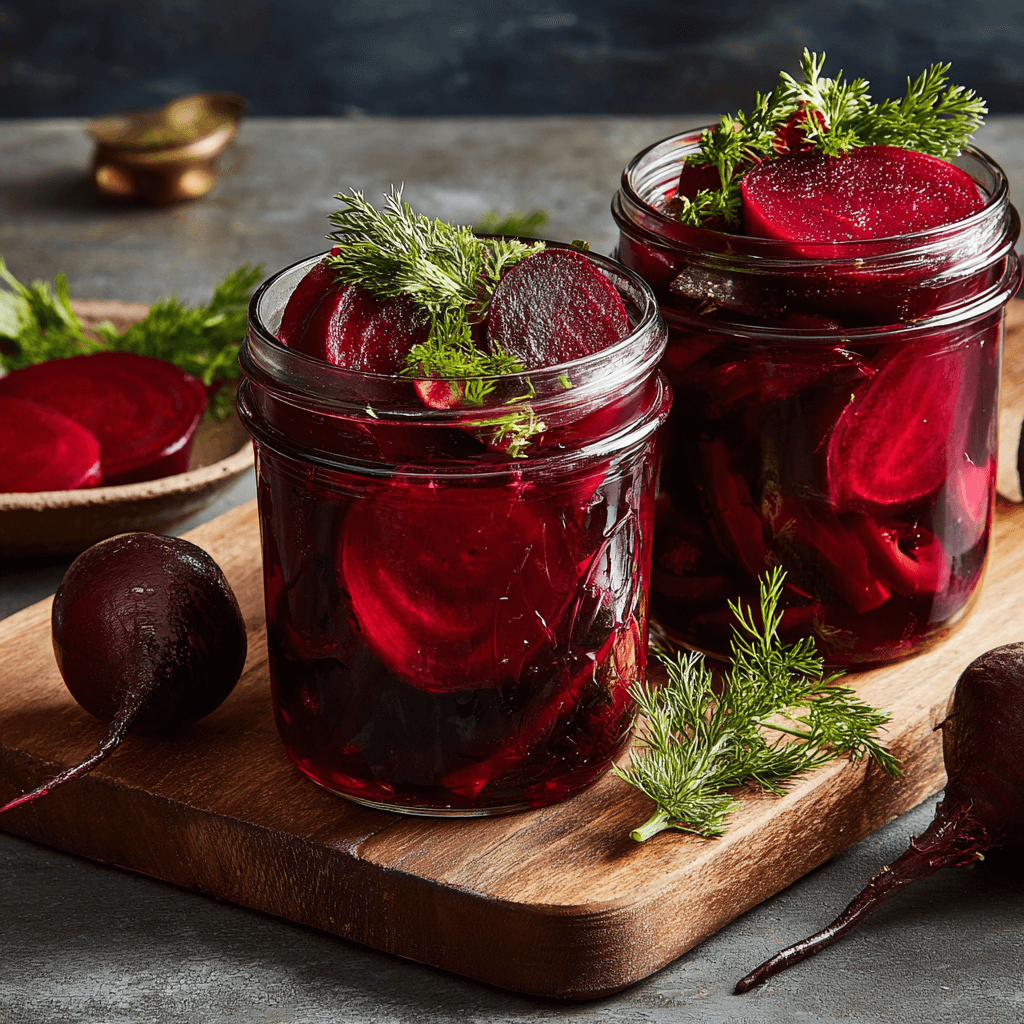What Is Rotisserie Chicken?
Rotisserie chicken recipes are perfect for creating delicious meals with minimal effort. These recipes range from classic whole roasted chicken recipes to unique rotisserie cooking ideas. If you’re looking for creative chicken recipes, you can explore ways to use leftovers in soups, salads, and casseroles. Rotisserie chicken recipes are also ideal for quick weeknight dinners or elaborate family gatherings. With so many chicken roasting recipes to choose from, there’s always an opportunity to try something new. Make your meals more exciting with flavorful rotisserie chicken recipes that everyone will love.
Origins of Rotisserie Chicken
The origins of rotisserie chicken date back centuries, rooted in the cooking techniques of ancient cultures. The practice of spit-roasting was popular in medieval Europe, where meats were turned manually over open flames for even cooking. By the 19th century, rotisserie cooking became more advanced with mechanical spits. Today, this method has evolved with electric and gas-powered rotisseries, making it an accessible option for households and commercial kitchens alike.
Why Rotisserie Cooking Stands Out
Rotisserie cooking distinguishes itself from other methods through its ability to enhance both flavor and texture. Here’s why it’s so special:
- Even Cooking: The constant rotation ensures that the meat cooks evenly on all sides, preventing dryness.
- Crispy Exterior, Juicy Interior: High heat seals the surface, creating a golden crust while retaining the chicken’s natural moisture.
- Enhanced Flavor: As the fat and juices baste the chicken during the rotation, it develops a rich, savory flavor that’s hard to replicate with other techniques.
- Versatility: Rotisserie chicken is a versatile ingredient for countless recipes, from salads and sandwiches to soups and casseroles.
Health Benefits of Rotisserie Chicken
Rotisserie chicken isn’t just delicious—it also offers several health benefits, making it a great addition to a balanced diet:
- High Protein Content: Chicken is a lean source of protein, essential for muscle growth and repair.
- Low Fat Options: The method of cooking allows excess fat to drip off, making it a lighter option compared to fried chicken.
- Rich in Vitamins and Minerals: Chicken provides essential nutrients such as B vitamins, selenium, and phosphorus, which support energy production, immunity, and bone health.
- Gluten-Free: Naturally gluten-free, rotisserie chicken is suitable for those with dietary restrictions or sensitivities.
Stay Tuned for Recipes!
With its unbeatable taste and ease of preparation, rotisserie chicken serves as the foundation for countless dishes. In this guide, you’ll find creative recipes to transform this classic into gourmet meals, weeknight dinners, or quick snacks. Stay tuned!
Essential Tools and Ingredients
Tools Needed for Perfect Rotisserie Cooking
To make delicious rotisserie chicken at home, you’ll need a few key tools. These ensure the cooking process is smooth and the results are flavorful.
- Rotisserie Oven or Grill: First, choose a rotisserie oven or grill with a rotating spit, which is the heart of this cooking method. It’s important to select one that suits your kitchen size and needs.
- Spit Rods and Forks: These hold the chicken securely so it rotates evenly.
- Drip Pan: A drip pan catches fat and juices, which prevents mess and flare-ups.
- Thermometer: Using a thermometer is crucial because it helps confirm the chicken is fully cooked.
- Kitchen Twine: This keeps the chicken tied tightly, ensuring even cooking throughout.
Choosing the Right Rotisserie Oven
When choosing a rotisserie oven, there are a few factors to consider. First, think about the size and capacity. Make sure it can fit the size of the chicken you plan to cook. Next, decide on the heat source—electric, gas, or charcoal. Each has its own benefits, such as ease of use or added smoky flavor. Additionally, look for a model with a smooth rotating mechanism. Lastly, consider ease of cleaning, since removable parts and non-stick surfaces can save a lot of time.
Key Ingredients for Flavorful Rotisserie Chicken
What makes rotisserie chicken so tasty? It’s the right combination of fresh ingredients and flavorful seasonings. Below are the essentials:
- Whole Chicken: Start with a fresh, good-quality chicken. Organic or free-range options often taste better.
- Marinades and Rubs: These add bold flavors. For example:
- Herbs and Spices: Garlic, rosemary, thyme, paprika, and black pepper are popular.
- Acidic Ingredients: Lemon juice or vinegar helps make the meat tender.
- Oil: Olive oil or vegetable oil helps keep the chicken moist.
- Salt: Salt enhances the flavor and helps with even seasoning.
- Butter or Ghee: Use this for basting to create a crispy, golden skin.
How to Prepare Rotisserie Chicken
Step-by-Step Preparation Process
Making rotisserie chicken is easy if you follow these steps:
- Prepare the Chicken: First, select a fresh chicken. Remove the giblets, rinse it under cold water, and pat it dry with a paper towel.
- Truss the Chicken: Tie the legs and wings using kitchen twine. This step helps it cook evenly and prevents burning.
- Season the Chicken: Next, apply a marinade or rub of your choice. Be sure to cover both the outside and the cavity for even flavor.
- Set Up the Rotisserie: Secure the chicken on the spit rod. Then, place the rod in your preheated rotisserie oven or grill.
- Cook the Chicken: Let the chicken rotate and cook evenly. Remember to use a thermometer to check when it’s ready—165°F (75°C) is the safe internal temperature.
- Rest Before Serving: Finally, let the chicken rest for 10–15 minutes. This ensures the juices stay in the meat, making it tender and moist.
Selecting the Best Chicken for Rotisserie
To get the best results, it’s important to choose a quality chicken. First, look for freshness—check that it smells clean and has a firm texture. Additionally, medium-sized chickens, weighing 3–5 pounds, cook more evenly. If possible, pick organic or free-range chickens for better flavor and quality.
Marinades and Rubs for Perfect Flavor
The right seasoning is key to delicious rotisserie chicken. Here are some easy options to try:
Simple Salt Brine: Dissolve salt in water and soak the chicken for several hours. This helps keep the meat juicy
Classic Herb and Garlic Marinade: Mix olive oil, minced garlic, lemon juice, and fresh herbs like rosemary and thyme.
Spicy Cajun Rub: Combine paprika, cayenne pepper, garlic powder, and oregano for a bold taste.
Soy-Ginger Marinade: Mix soy sauce, honey, ginger, and sesame oil for a sweet and savory option.
Classic Rotisserie Chicken Recipe
Traditional Rotisserie Chicken Recipe
A classic rotisserie chicken recipe is simple yet incredibly flavorful. It uses basic ingredients and easy steps to create a perfectly cooked, juicy chicken with crispy skin.
Step-by-Step Instructions
- Prepare the Chicken: Start with a whole chicken, about 3–5 pounds. Remove any giblets, rinse the chicken thoroughly, and pat it dry.
- Season the Chicken: Rub the chicken inside and out with olive oil. Then, sprinkle generously with salt, black pepper, and your choice of herbs like rosemary, thyme, and paprika.
- Truss the Chicken: Use kitchen twine to tie the legs and wings securely. This ensures even cooking.
- Set Up the Rotisserie: Secure the chicken on the spit rod and adjust it firmly using the forks.
- Cook the Chicken: Preheat the rotisserie oven or grill to 375°F (190°C). Roast the chicken for about 1.5–2 hours, or until the internal temperature reaches 165°F (75°C) in the thickest part of the breast.
- Rest and Serve: Let the chicken rest for 10–15 minutes after removing it from the oven. This keeps it juicy and easy to carve.
Cooking Time and Temperature Guidelines
- Temperature: Maintain a consistent temperature of 375°F (190°C).
- Time: Plan for about 20–25 minutes per pound of chicken. Always use a meat thermometer to confirm doneness.
- Resting Time: Allow the chicken to rest for at least 10 minutes before slicing.
Creative Rotisserie Chicken Recipes

Lemon Herb Rotisserie Chicken
This recipe features fresh, zesty flavors. Combine lemon juice, olive oil, garlic, rosemary, and thyme to make a marinade. Coat the chicken thoroughly, and stuff the cavity with lemon slices for extra flavor. Roast as directed for a light, aromatic meal.
BBQ Rotisserie Chicken
Perfect for barbecue lovers, this recipe uses a sweet and smoky rub. Mix paprika, brown sugar, garlic powder, and cayenne pepper, and coat the chicken generously. Baste with your favorite BBQ sauce during the last 20 minutes of cooking for a sticky, caramelized glaze.
Garlic Butter Rotisserie Chicken
For a rich, indulgent flavor, mix softened butter with minced garlic, parsley, and a touch of lemon zest. Rub the mixture under the chicken skin and on the surface. The butter melts during cooking, creating a golden, flavorful crust.
Spicy Cajun Rotisserie Chicken
This bold recipe brings the heat. Combine paprika, cayenne pepper, garlic powder, onion powder, oregano, and thyme for a Cajun rub. Coat the chicken thoroughly, and roast as directed. Serve with a side of cooling ranch dressing or coleslaw to balance the spice.
Serving Suggestions
Side Dishes That Pair Well with Rotisserie Chicken
Rotisserie chicken pairs beautifully with a variety of sides. Here are some ideas to complete your meal:
- Salads:
- A fresh garden salad with vinaigrette.
- Caesar salad for a creamy, tangy complement.
- Quinoa salad with roasted vegetables for a hearty option.
- Breads:
- Warm dinner rolls or crusty artisan bread.
- Cornbread for a Southern-style meal.
- Vegetables:
- Roasted asparagus, broccoli, or Brussels sprouts.
- Mashed or roasted potatoes.
- Grilled zucchini or summer squash.
Wine and Beverage Pairings
The right drink enhances the meal and complements the chicken’s flavors:
- White Wines:
- Chardonnay pairs well with herb-based recipes.
- Sauvignon Blanc complements citrusy or lemony flavors.
- Red Wines:
- A light Pinot Noir works well with BBQ chicken.
- Non-Alcoholic Options:
- Lemonade or iced tea for a refreshing twist.
- Sparkling water with a splash of citrus juice.
Rotisserie Chicken Leftovers
Creative Ways to Use Leftover Rotisserie Chicken
Rotisserie chicken leftovers are versatile and can be transformed into a variety of dishes, saving time while reducing food waste. Here are some creative ideas:
Soups, Salads, and Sandwich Ideas
- Soups:
- Add shredded chicken to a classic chicken noodle soup.
- Use it in a creamy chicken and wild rice soup for a hearty option.
- Spice things up with chicken tortilla soup.
- Salads:
- Toss chicken into a Caesar salad for a protein boost.
- Create a colorful cobb salad with avocado, eggs, and bacon.
- Combine it with quinoa, kale, and cranberries for a healthy grain salad.
- Sandwiches:
- Make a quick chicken salad sandwich using mayonnaise, celery, and seasonings.
- Add BBQ sauce for a pulled chicken sandwich.
- Use it in a panini with pesto, mozzarella, and roasted vegetables.
Incorporating Leftovers into New Dishes
- Casseroles: Combine chicken with pasta, vegetables, and a creamy sauce for a comforting casserole.
- Tacos: Use shredded chicken as a taco filling with salsa, guacamole, and cheese.
- Stir-Fry: Toss chicken with veggies and soy sauce for a quick stir-fry.
- Pizza: Top a pizza with chicken, BBQ sauce, and red onions for a flavorful twist.
- Pasta Dishes: Mix chicken into Alfredo or marinara sauce for an easy pasta meal.
Health Considerations
Nutritional Value of Rotisserie Chicken
Rotisserie chicken is packed with nutrients, making it a healthy choice for most diets. Here’s a quick breakdown:
- Protein: It’s an excellent source of lean protein, which supports muscle growth and repair.
- Vitamins and Minerals: Chicken provides B vitamins, selenium, and phosphorus, essential for energy production, immunity, and bone health.
- Low in Carbs: Rotisserie chicken is naturally low in carbohydrates, making it a great option for low-carb diets.
Balancing Sodium and Fat Content
- Sodium: Store-bought rotisserie chickens can be high in sodium due to seasoning and brining. Opt for low-sodium versions when available or make your own at home.
- Fat: While the skin adds flavor, it also increases fat content. Removing the skin can reduce calories and fat intake.
Healthy Modifications for Rotisserie Recipes
- Seasoning: Use fresh herbs and spices instead of pre-made rubs to control sodium levels.
- Cooking Methods: Allow excess fat to drip off during cooking by using a drip pan.
- Pairing: Serve with whole grains and fresh vegetables for a balanced meal.
Tips and Tricks for Perfect Results
Common Mistakes to Avoid When Cooking Rotisserie Chicken
- Skipping Trussing: Always tie the chicken’s legs and wings. This helps it cook evenly and prevents burning.
- Overcooking: Use a thermometer to avoid overcooking and drying out the meat.
- Uneven Seasoning: Ensure the marinade or rub is evenly applied for consistent flavor.
Tips for Maintaining Juicy and Flavorful Meat
- Use a Marinade or Brine: Soak the chicken in a flavorful brine or marinade for a few hours before cooking.
- Cook at the Right Temperature: Maintain a consistent heat, around 375°F (190°C), for even cooking.
- Rest the Chicken: Let the chicken rest for 10–15 minutes before carving to retain its juices.
Enhancing Presentation and Aesthetic Appeal
- Golden Skin: Baste the chicken with butter or oil during cooking for a golden, crispy skin.
- Garnishes: Serve the chicken with fresh herbs like parsley, thyme, or rosemary for a beautiful touch.
- Carving: Slice the chicken neatly for an elegant presentation, separating the breasts, thighs, and drumsticks cleanly.
FAQs About Rotisserie Chicken
How Long Does Rotisserie Chicken Last in the Fridge?
Rotisserie chicken can be safely stored in the fridge for 3–4 days when kept in an airtight container. If you need to keep it longer, freezing is a better option, as it can last up to 4 months in the freezer.
Can I Make Rotisserie Chicken Without a Rotisserie Oven?
Yes, you can! A regular oven or grill can work well as an alternative. Use a roasting rack in the oven to mimic the rotisserie effect, or set up indirect heat zones on a grill. Remember to rotate the chicken halfway through cooking for even results.
What Are the Best Seasonings for Rotisserie Chicken?
Classic seasonings include a mix of:
- Herbs: Rosemary, thyme, and parsley.
- Spices: Paprika, garlic powder, onion powder, and black pepper.
- Acidic Ingredients: Lemon juice or vinegar to enhance flavor and tenderize the meat.
What Is the Secret Ingredient in Rotisserie Chicken?
The secret ingredient is butter or fat, often rubbed under the skin to keep the meat juicy and flavorful. Additionally, a pinch of sugar in the rub can help caramelize the skin for that signature golden-brown color.
How to Jazz Up a Rotisserie Chicken?
You can transform a plain rotisserie chicken by:
- Adding a Sauce: Toss it with BBQ sauce, teriyaki glaze, or garlic butter.
- Using It in Recipes: Incorporate it into tacos, pastas, or casseroles.
- Seasoning After Cooking: Sprinkle fresh herbs, a squeeze of lemon, or a dusting of chili powder for an extra kick.
How Long Will Rotisserie Chicken Last in the Fridge?
As mentioned earlier, it lasts 3–4 days when refrigerated. Always store it in an airtight container and reheat it thoroughly before consuming.
What’s the best way to store leftovers?
Keep leftovers in an airtight container in the fridge for up to 4 days. Reheat in the microwave or oven until hot and bubbly. For food safety tips, refer to USDA guidelines on leftovers .
Why Does Costco Rotisserie Chicken Taste So Good?
Costco’s rotisserie chicken stands out due to its consistent seasoning blend, which includes salt, spices, and sugar, and its careful roasting process. Additionally, it’s often cooked fresh and served promptly, ensuring maximum flavor and juiciness.
“Explore other delicious chicken dishes, such as the Best Bone-In Chicken Breast Recipes for Every Occasion, to complement your rotisserie chicken creations. For quick and easy meals, try these Thin-Cut Chicken Breast Recipes, which are perfect for busy weeknights. If you’re looking for inspiration beyond chicken, dive into hearty recipes like The Ultimate Brisket Chili Recipe to round out your meal planning.”
Conclusion
Why Rotisserie Chicken Recipes Deserve a Place in Your Kitchen
Rotisserie chicken is a versatile and convenient option that suits every household. Whether you’re preparing a simple dinner, a gourmet dish, or using leftovers, its adaptability makes it a staple. Let’s recap the key points:
- It’s easy to prepare with the right tools and techniques.
- Leftovers can be repurposed into a variety of meals, reducing waste.
- It’s a healthy choice, rich in protein and low in carbs.
- You can customize flavors with seasonings, marinades, and sauces.
With these insights, rotisserie chicken recipes can elevate your cooking game while saving time and effort.






2 thoughts on “The Ultimate Guide to Rotisserie Chicken Recipes”
Comments are closed.